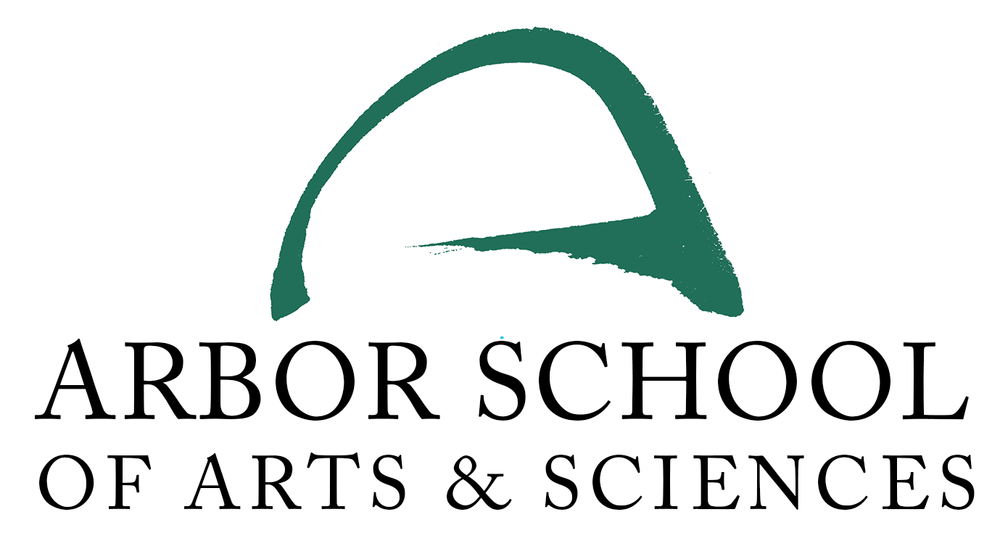In 1995, only a year after Nelson Mandela was elected in South Africa’s first multiracial election, I began teaching. As a college student at Lewis and Clark in the early 90s, I’d followed the dismantling of apartheid in the news and marveled at Mandela’s ability to come out of prison after 27 years, ready to forgive and move the country forward. Earlier in my teaching career I taught a Global Studies course in which students studied apartheid’s origins and policies as well as the variety of ways in which this oppressive system was brought to an end. Then, as we do now when learning about South Africa at Arbor, students learned about the Truth and Reconciliation Commission headed by Archbishop Desmond Tutu, grappling with the concept of forgiveness and exploring the ways in which a country heals from a horrible injustice like apartheid. It was from these experiences and interests that my desire to travel to South Africa was born.
Last summer, I traveled to Cape Town and Johannesburg, structuring the majority of my itinerary around visiting places that were significant to apartheid and post-apartheid South Africa. In addition to seeing these places firsthand, my hope was to meet and talk to many South Africans about their lives. My plan was to take what I would learn from the people and places and develop curriculum to teach at Arbor, and to share with colleagues outside of Arbor, including in my work with the World Affairs Council of Oregon.
Entering the Apartheid Museum in Johannesburg
With the support of a generous grant from APT, I was able to enrich my study with two in-depth private tours. One of the many valuable aspects of these tours was the opportunity they afforded me to ask guides many questions, leading me to fill several notebooks with the facts and stories that I am now weaving into the curriculum I am writing.
Inside Nelson Mandela's cell on Robben Island
In addition to my objective of learning more about what life was like under apartheid, I wanted to gain a sense of where South Africa is in its process of healing from apartheid. While I heard many stories of how racism did not disappear as soon as apartheid ended, the prevailing wound that is still visible at the surface of life in South Africa is an economic one. With official unemployment estimates sitting at 26%, people in the townships reported that rates among those living in these underdeveloped urban areas is actually 60% or higher. One of the most hopeful aspects of my trip was visiting non-profit organizations that are working to break the cycle of poverty so firmly entrenched by apartheid. From community center leaders to school garden program volunteers, I met individuals who were committed to Mandela’s legacy and to building a more equitable and just society, even in the midst of the cloud of corruption surrounding President Zuma.
One of the habits we work to cultivate at Arbor is that of perspective-taking. Whether discussing a current event or something that happened in ancient Sumer, we ask students to reach beyond examining something through a personal lens, and to consider the variety of ways in which that same event or issue might be experienced and/or interpreted by others. Doing so not only helps students gain a richer understanding of the variety of ways in which humans experience the world but also enables us to get “under” more of the layers of that which we seek to understand. My trip has led to two curricular strands: one that is centered around a role-play aiming to teach students about the variety of perspectives molding and of issues facing the new South Africa and the other, that is a virtual “walking tour” of Cape Town and Johannesburg sites related to apartheid, the movement to end it, and post-apartheid South Africa. It is my hope that these lessons will help students understand the ways in which South Africa’s history has been a force in creating some of the challenges the country faces today, as well as provide rich opportunities for perspective taking.
- Cara


